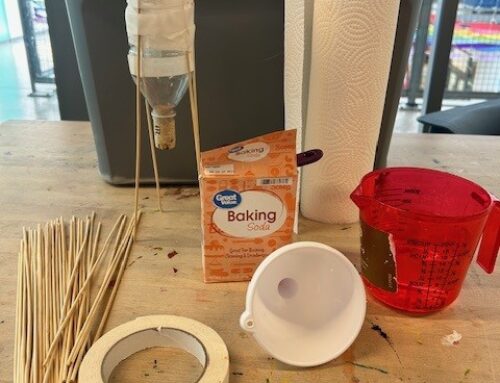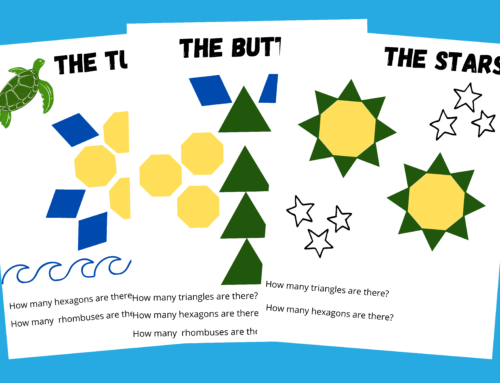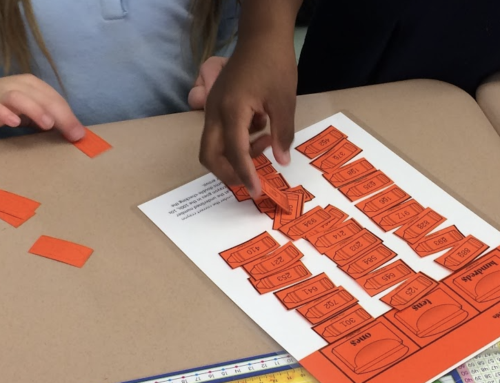It is spooky season! Celebrate with your students by doing Halloween chemistry activities that include creativity, a bit of baking, and learning along the way!
Set-Up
First things first, carving the pumpkin. Depending on your age group, you may want to do this in advance with simple faces. If you are teaching older grades, there are many solutions available to help carve pumpkins safely. Either way, most students love to get their hands dirty and remove the seeds on the interior of the pumpkin. Students who aren’t excited to use their hands may use gloves or a cup/spoon for this. You can even do this project with just a removed top, though you won’t get the foaming mouth experience.
Roasting Seeds
If you want a snack with your foaming pumpkin, you can always make roasted pumpkin seeds! Run the pumpkin’s gooey insides under some cool water to rinse off the residual stringy pumpkin and lay on a paper towel. This is a great time to teach the concept of composting to your students as well! Once all the seeds are dry, season to your liking. You can go simple with just salt, try savory with chili or curry powder, or sweet with cinnamon and sugar! Bake at 400 degrees Fahrenheit for anywhere from 5 to 20 minutes.
 Preparation
Preparation
Using our Foaming Pumpkin Printable, collect the necessary supplies and follow the simple directions to watch the pumpkin foam. Coloring your foam is optional but highly recommended to increase fun and choice for students.
We encourage you to set this activity up outdoors. Whether each student gets to do their own pumpkin, or you are doing one larger pumpkin together, it will get a bit messy! You can assure your admin or janitorial staff that all ingredients can be hosed off.
The Science Behind
Before starting the activity, pass around the Foaming Pumpkin Printable and have your students use the scientific method to make an educated guess on the reaction of the ingredients. This is also a great time for students to share a previous experience they may have had with a baking soda and vinegar experiment.
In this experiment, a chemical reaction is happening. The baking soda and vinegar are combined to create something new!
Baking Soda (base compound) = Sodium Bicarbonate
Vinegar (acid) = diluted acetic acid
These two combined = carbon dioxide and sodium acetate

Take this time with your students to experiment with the proportions as well, you will notice more vinegar will cause the baking soda to disappear for example.
__________________________________________________________________________________________
What other spooky season or fall activities are you doing with your students?







Leave A Comment